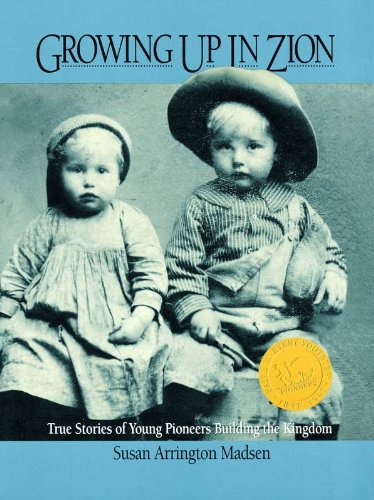
By Michael Perna Jr.
The Deepest South: The United States, Brazil, and the by Gerald Horne

By Gerald Horne
During its heyday within the 19th century, the African slave exchange used to be fueled via the shut dating of the us and Brazil. The inner most South tells the traumatic tale of the way U.S. nationals - sooner than and after Emancipation -- endured to actively perform this odious trade via growing diplomatic, social, and political ties with Brazil, which this present day has the most important inhabitants of African foundation open air of Africa itself.
Proslavery american citizens started to speed up their presence in Brazil within the 1830s, growing alliances there—sometimes pleasant, frequently contentious—with Portuguese, Spanish, British, and different overseas slave investors to shop for, promote, and delivery African slaves, rather from the japanese shorelines of that beleaguered continent. Spokesmen of the Slave South drew up bold plans to grab the Amazon and improve this sector by way of deporting the enslaved African-Americans there to toil. whilst the South seceded from the Union, it obtained major help from Brazil, which competently assumed accomplice defeat will be a mortal blow to slavery south of the border. After the Civil struggle, many Confederates, with slaves in tow, sought safe haven in addition to the survival in their extraordinary establishment in Brazil.
Based on huge learn from data on 5 continents, Gerald Horne breaks startling new flooring within the historical past of slavery, uncovering its international dimensions and the levels to which its defenders went to keep up it.
Filipinos in the Willamette Valley (Images of America) by Tyrone Lim,Dolly Pangan-Specht

By Tyrone Lim,Dolly Pangan-Specht
Growing Up In Zion: True Stories of Young Pioneers Building by Susan Arrington Madsen

By Susan Arrington Madsen
Chula Vista (Images of America) by Frank M. Roseman,Peter J. Watry Jr.

By Frank M. Roseman,Peter J. Watry Jr.
Wood River: Along the River Bend (Images of America) by Roxann Read

By Roxann Read
Hudson's Heritage: A Chronicle of the Founding and the by Grace Izant
By Grace Izant
Norvelt: A New Deal Subsistence Homestead (Images of by Sandra Wolk Schimizzi,Valeria Sofranko Wolk,Michael Cary

By Sandra Wolk Schimizzi,Valeria Sofranko Wolk,Michael Cary
Class and Power in the New Deal: Corporate Moderates, by G. Domhoff,Michael Webber

By G. Domhoff,Michael Webber
More often, this publication analyzes the seeming paradox of coverage aid and political competition. The authors search to illustrate the prevalence of sophistication dominance idea over different perspectives—historical institutionalism, Marxism, and protest-disruption theory—in explaining the origins and improvement of those 3 coverage projects. Domhoff and Webber draw on huge new archival study to improve a clean interpretation of this seminal interval of yankee executive and social coverage development.
The End of Theocracy in America by Neil Olsen
By Neil Olsen
One of the shortest of all of the elections sermons, it was once additionally the main strong. His sermon used to be on the time thought of so very important that the meeting approved 4 variations at printers round the nation, an extraordinary quantity. instead of learn inner most letters and clutch at metaphors for a justification of a meant “wall of separation” among church and kingdom, Harry Croswell’s sermon supplied the highbrow and emotional motivation that ended the final theocratic-democracy in the United States by means of vote casting on it – whether it gained by way of a unmarried vote.
Understanding Harry Croswell is essential to knowing the 1st Amendment’s defense of either non secular and press freedom.
The publication contains the essay, The finish of Theocracy in American: The Distinguishing Line of Harry Croswell’s Election Sermon, besides a transcription with creation and notes of Croswell’s A Sermon Preached on the Anniversary Election, Hartford, may well 14, 1818.